Not a member yet? Sign Up!
Info
Please use real email address to activate your registration
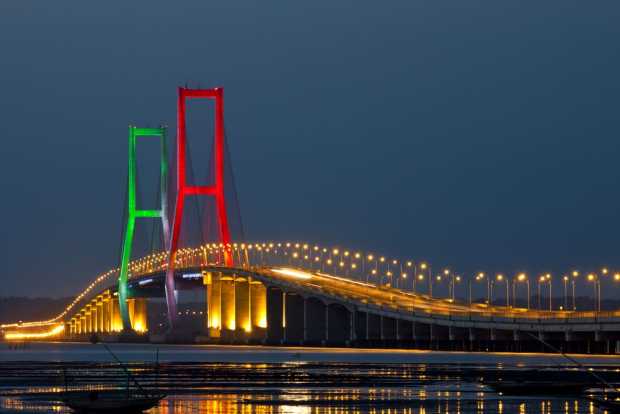
A rainy afternoon in Surabaya, East Java, did not dampen our enthusiasm to head to the longest bridge in Indonesia.
Crossing the Straits of Madura, the Suramadu Bridge connects Surabaya, the second largest city of Indonesia and Bangkalan, a small city on the island of Madura.
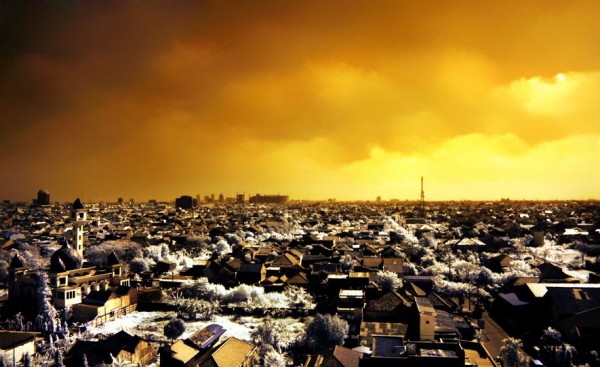
Ever since its inauguration five years ago, the cable-stayed bridge, stretching more than 5 km, has been a popular tourist destination. Travelers love going back and forth from Surabaya to the island of Madura and vice versa.
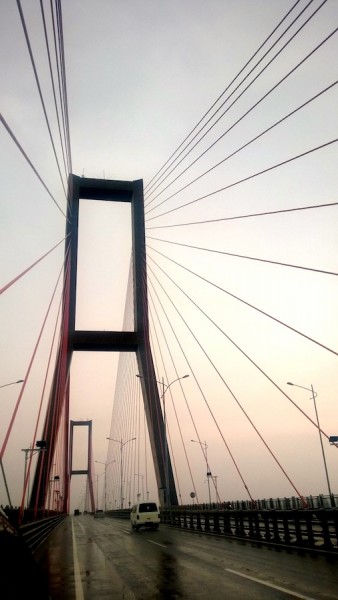
It was really exhilarating to pass the bridge in a car with opened windows, admiring the scenic view of Madura Strait. Luckily the area was deserted, so we drove slowly from Surabaya marveling at the engineering wonder that took 6 years to construct.
Our driver asked whether we would like to visit the city of Bangkalan since most people are only interested in the bridge.
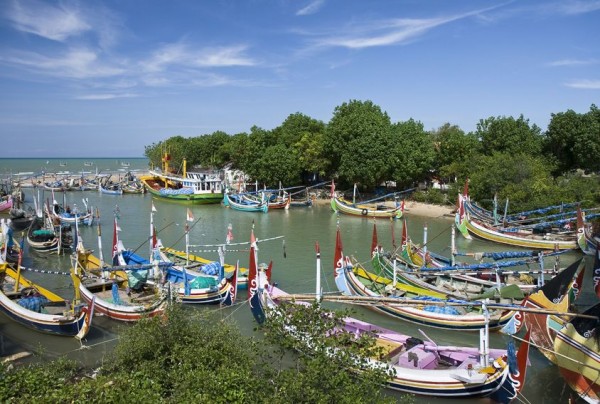
As the Suramadu Bridge was built to accelerate the economic growth in the surrounding area, especially on the island of Madura, we felt obliged to see what the island has to offer.
Madura cookeries
Madura is famous for a number of its foods. Soto Madura (rich and savory beef or chicken soup ala Madura) and Sate Madura (Madura satay or roasted skewered chicken with tasty peanut sauce) are available in many parts of Indonesia.
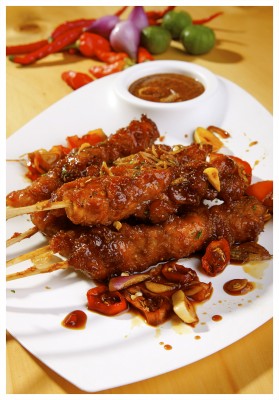
After the Suramadu Bridge began operating, a lot of small businesses emerged on the Madura side. Small huts sell souvenirs, clothes, foods and drinks.
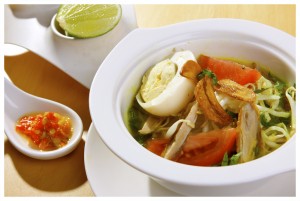
The sought after food around Suramadu Bridge on the Madura part, however, is neither soto nor sate. As reported by the National Geographic Indonesia: Di Madura, Bebek Menggeser Sate (In Madura Duck Replaces Satay).
There are at least 50 duck eateries, big and small, along the road to Bangkalan with Bebek Sinjay as the pioneer. People waited for hours to be served in for that particular choice.
As Bebek Sinjay was already closed when we were in the area we visited Bebek Songkem Pak Salim a franchise headquartered in Sampang, 60 km east of the Suramadu Bridge.
Salim, the owner, explained the simple process of cooking Bebek Songkem for Ratu Ebhu Online. The best quality duck (2-month old) is cleaned and seasoned with chili, salt, shallot and garlic. It is then wrapped tightly with banana leaves, placed on top of banana stem and steamed for 3 hours without water in a rectangle tin can. The result is a succulent and juicy duck meat, with a tempting aroma and tasty to the bones.
Bebek Sungkem, either steamed or fried is then presented on a plate with steamed rice, sambal mangga (sliced mango and chili), one slice of cucumber, several basil leaves, and more chili. This is another unique traditional flavor pairing that we encountered.
Batik Madura
Along the road to Bangkalan, our feast for the senses continued, for the eyes only.
Small shops displayed Batik made in Madura. This traditional handmade work of art is slightly different from batiks produced on the island of Java due to its array of flashy colors.
Furthermore, as Retno K. Djojo reported for the Jakarta Post, Madura batik does not follow a fixed template nor repeated drawings. Some motifs are simpler and some patterns may be asymmetrical in the same piece of cloth.
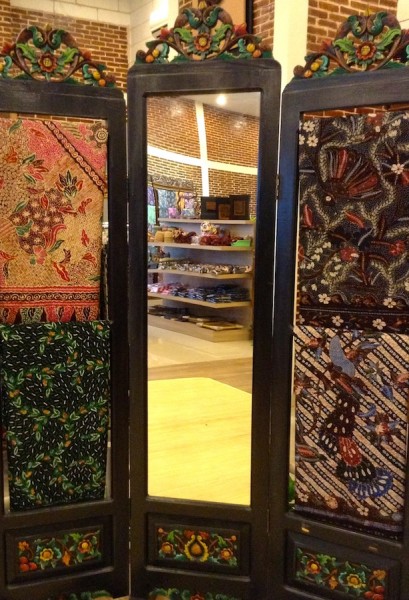
We stopped by Maduratna, one large Batik Shop in Jalan Tengku Umar where row upon row of batik shirts, clothes, textiles and accessories showcase tedious works of batik from the 4 regencies Madura: Bangkalan, Pamekasan, Sumenep and Sampang.
The most famous is batik gentongan, a collector’s item, crafted in Tanjung Bumi, Bangkalan. This type, with more than a thousand motifs available, from the coastal area of Madura has diverse patterns, hand made with natural dyes. The cloth is immersed in a special barrel (gentong) for months for durability and strong colors. It took at least one year to process a piece of batik gentongan.
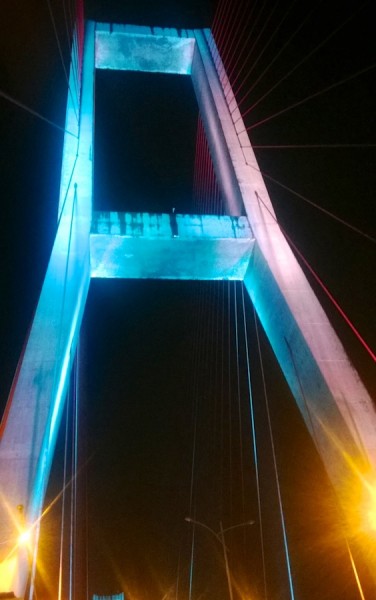
We have yet to uncover the sights and smells on the other parts of Madura, but content with bags of batiks in our arms we returned to Surabaya, passing the Suramadu Bridge, lit up at night with green, red, blue and purple lights.
----------------------------
Text: Amanda Niode
Images: Cover: Siraphat/Shutterstock; Surabaya: Ragil Setio Pranowo/123rf; Traditional boats: Antonio Ribeiro/123rf; Suramadu Bridge by day and night: Murni Titi Resdiana; Sate Madura & Soto Madura: Ministry of Tourism and Creative Economy; All others: Omar Niode Foundation